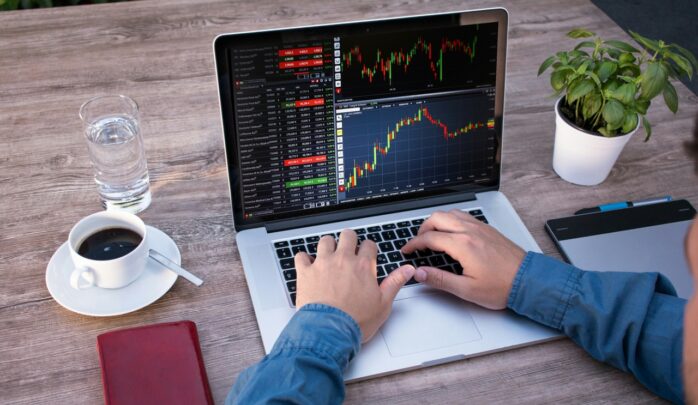When considering the financial world, the question of how much capital one needs to begin trading always comes up. Understanding the entry point for investment can determine how accessible trading is for both new and experienced investors.
Today’s platforms make trading more accessible than ever, offering options that require only a small amount of capital.
However, the starting point varies depending on the platform, market, and asset class. The idea of needing a large sum to enter is outdated, yet having a clear understanding of what is necessary can help manage expectations.
Key Points:
- Trading can start with very small amounts.
- No single minimum investment applies across the board.
- Understanding risk is crucial when starting with a low amount.
- Platforms offer varying levels of accessibility for beginners.
How Low Can You Start?

For some, the concept of beginning to trade with minimal capital can seem unbelievable. Many platforms, like Binomo, have broken the traditional barriers to entry.
For example, the Binomo VIP program offers users a chance to trade with as little as $1 per trade, providing both flexibility and opportunity. You don’t need a hefty bank account to start; in fact, it’s possible to learn the ropes with small, manageable amounts.
Investors today have platforms that allow trades in increments much lower than ever before. The flexibility to trade with minimal sums makes it easier for those without significant capital to gain experience in the markets without risking large amounts upfront.
What Platforms Offer Minimal Investment Requirements?
Several platforms have developed services catering to those who want to begin trading without committing large amounts of money. Some offer demo accounts where beginners can practice without any financial risk.
Many platforms now allow investors to place small trades and build up their knowledge and confidence before taking bigger steps.
When selecting a platform, it’s important to assess its flexibility, educational resources, and available trading options. Each platform has different policies on deposit amounts and trade limits, so doing your research before committing to one is essential.
Risk vs. Reward: How Much Should You Risk?

Starting with minimal capital doesn’t mean there’s no risk involved. Regardless of the amount, traders should only use funds they can afford to lose. It’s also wise to set up a plan to gradually increase capital after gaining more confidence and experience.
Rushing in with too little can expose you to higher risk relative to your account size, leading to quick losses if you aren’t careful.
Traders should consider strategies that align with their risk tolerance. Using risk management techniques, such as stop-loss orders, can help protect your capital.
Building discipline and avoiding the temptation to make high-risk trades based on small gains or losses is crucial.
Why Your Strategy Matters More Than the Amount
Many new traders fixate on the amount of money they should begin with, but focusing on your strategy may be a better approach. A sound strategy can turn small investments into larger gains over time, while poor planning will erode even a large initial investment.
Time-tested approaches like dollar-cost averaging, diversification, and technical analysis can make a significant difference in long-term success.
Before starting, it’s essential to set realistic expectations. While it’s possible to start small, the key is to remain patient and committed to learning rather than aiming for instant profits. A strategic approach helps you stay focused on growth and avoid costly mistakes.
Low Investment vs. High-Value Returns: Is It Possible?

It’s possible to generate returns with a minimal investment, but this requires smart choices, research, and time. Platforms that cater to small amounts typically offer multiple educational resources, making it easier for traders to improve their skills.
Taking advantage of these opportunities is key. No one should expect significant returns from a small initial trade, but over time, as skill and confidence grow, returns may follow.
Some platforms allow traders to test out different strategies without putting large sums at risk. It helps develop a better understanding of markets, how they move, and how to capitalize on trends.
Traders must remember that low investment levels do not equate to low risk; it is important to approach every trade with a solid plan and a firm understanding of the potential downsides.
Is There a Standard Minimum for All?
There’s no single minimum investment for starting in the markets. It depends entirely on the platform, asset class, and trading strategy.
Some platforms may require a deposit to open an account, while others allow trades with tiny amounts. What matters most is not how much you start with but how you manage it.
It is important to assess personal goals before deciding on an amount. Consider factors like how much time you have to monitor trades and how comfortable you are with volatility.
While some platforms let users start small, effective risk management is crucial regardless of the starting amount.
Conclusion

Starting to trade does not require a large amount of money. The minimum required varies by platform, but ultimately the focus should be on strategy, risk management, and ongoing education.
Instead of worrying about the amount, prioritize building experience, honing skills, and making smart trades. With patience and the right mindset, even a minimal investment can lead to profitable results over time.




